04 1月 Filter types and scope of use
Filter types and scope of use
Many different filters are used for the filtration of melt that differ in their structure, active area and filter efficiency. They fall into 2 basic groups, both types significantly differ in their filtration mechanisms:
The area of flat filters is significantly larger than their thickness. Impurities are only captured on the filter inlet side by the straining mechanism and by forming the filter cake. In volume filters, both the filtration effect on the filter inlet side and the capability of depth filtration are exploited. The capability of depth filtration differs depending on the size of holes, their cross section, lay-out and also on filter material.
Filtration by straining consists in the capture of inclusions that are larger than the holes in the front (i.e. inlet) part of the filter. This method can capture only big particles, in particular inclusions that form films.

Filter cake formation follows up on the capture of the first inclusions on the filter face. Smaller particles get captured on the big ones. The inclusion layer gradually increases, reduces the metal flow is reduced until the filter is completely clogged. The mechanism of filter cake formation makes it possible to capture even very small inclusions with dimensions of as little as 1 – 5 μm.

Depth filtration – is carried out in the whole filter volume. Its principle is based on the adhesion of inclusions (bonding) on the ceramic filter walls and the mutual bonding of individual inclusions. During depth filtration, the inclusions envelop the filter ceramics, and the individual particles of inclusions agglomerate and form “bridges” with their edges anchored on filter channels. The efficiency of depth filtration may be affected by the metal temperature, chemical composition of the filter material and inclusions (wettability), and the shape of filter channels.

If the inclusion flows along the straight channel wall, the probability of its capture is lower, compared with the case where the inclusions are simultaneously in contact with more walls (e.g. in the corner of a square channel). The smaller the channel cross section, the better metal whirling and the quicker direction changing, the higher the probability of inclusion capture by the depth filtration.

The filter separation efficiency is strongly dependent on the size of filter holes. The finer filter caused better filtration effect. However, it is necessary to bear in mind that the filter will soon clog. High-porosity filters and small-hole filters have a lower flow rate.



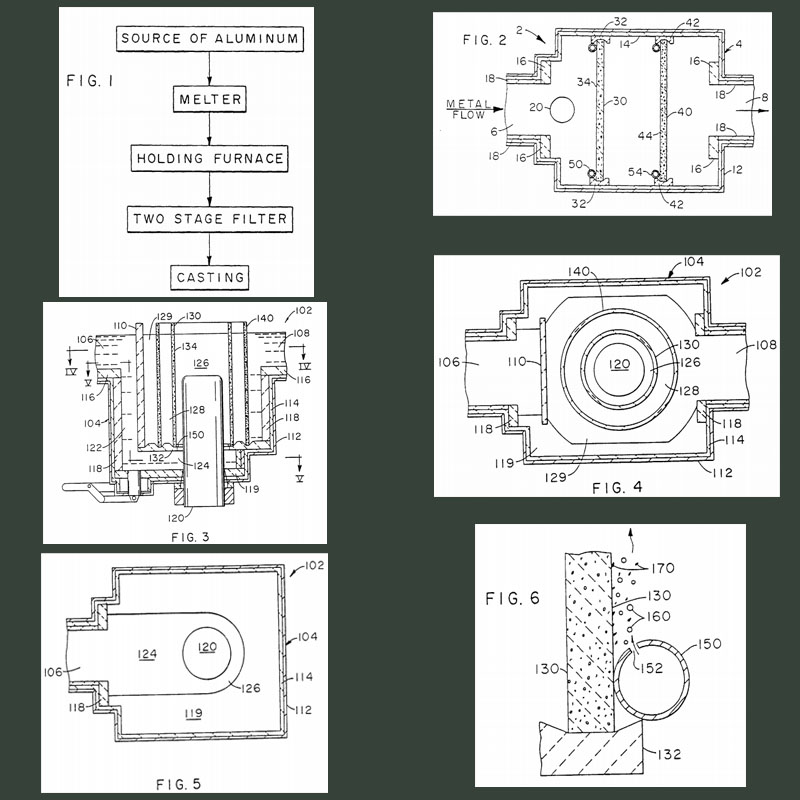
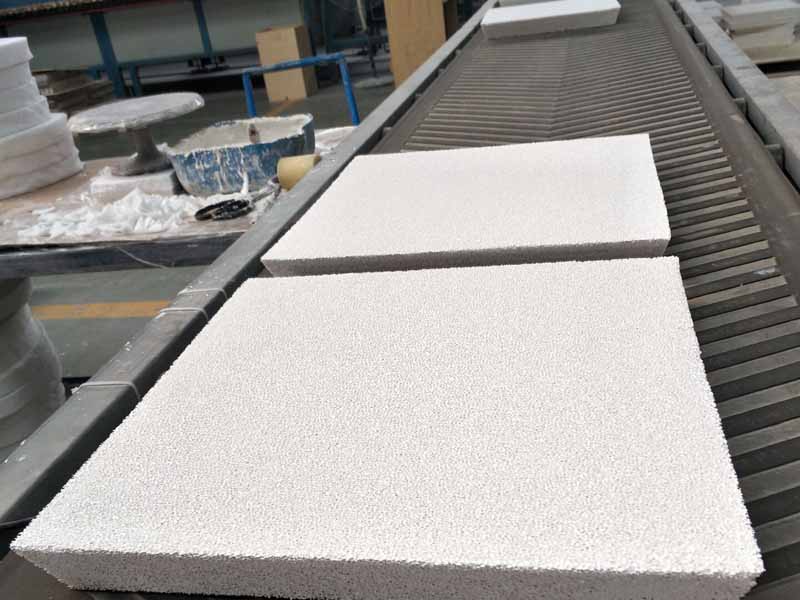
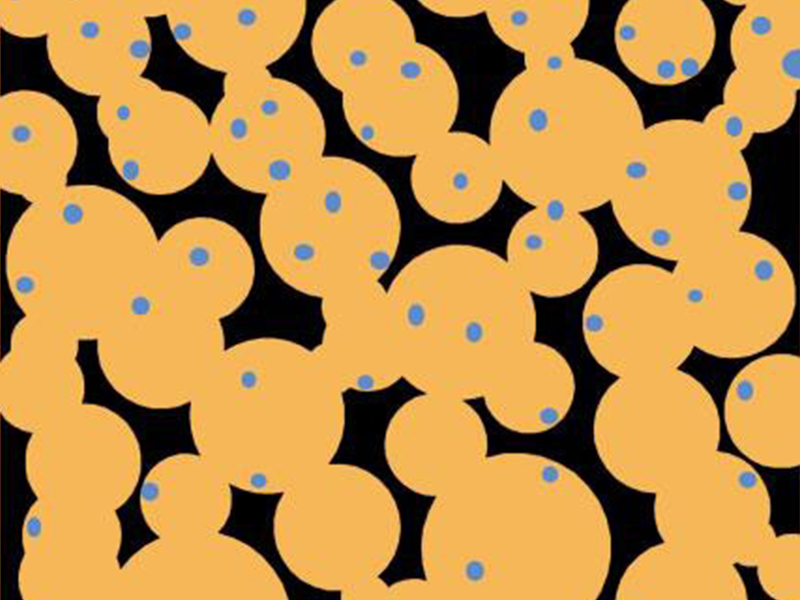
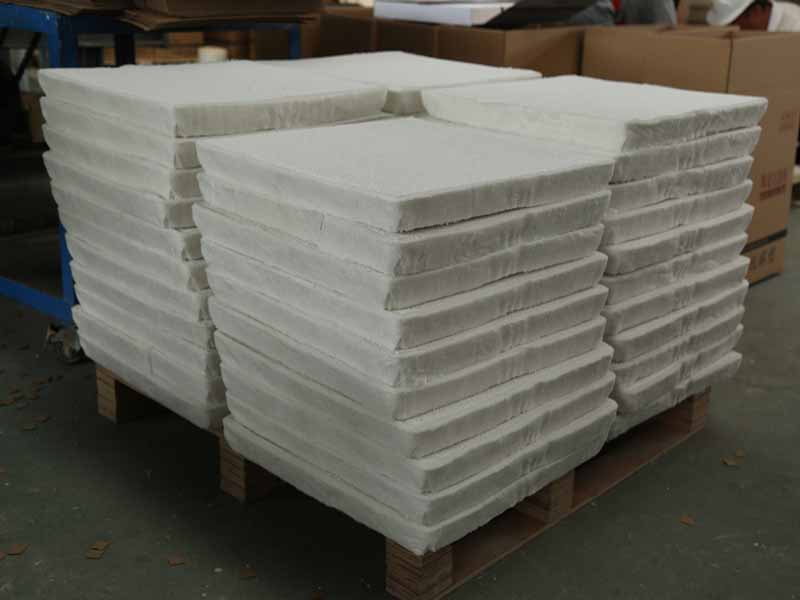

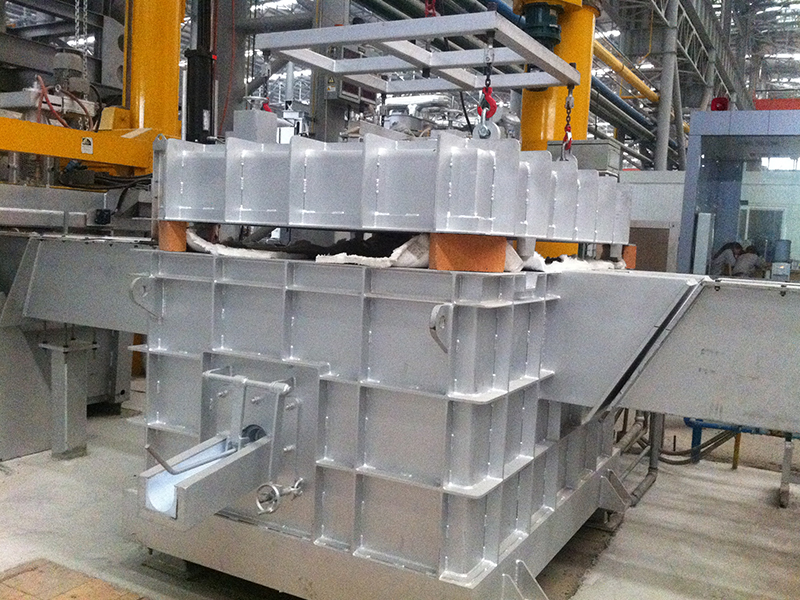
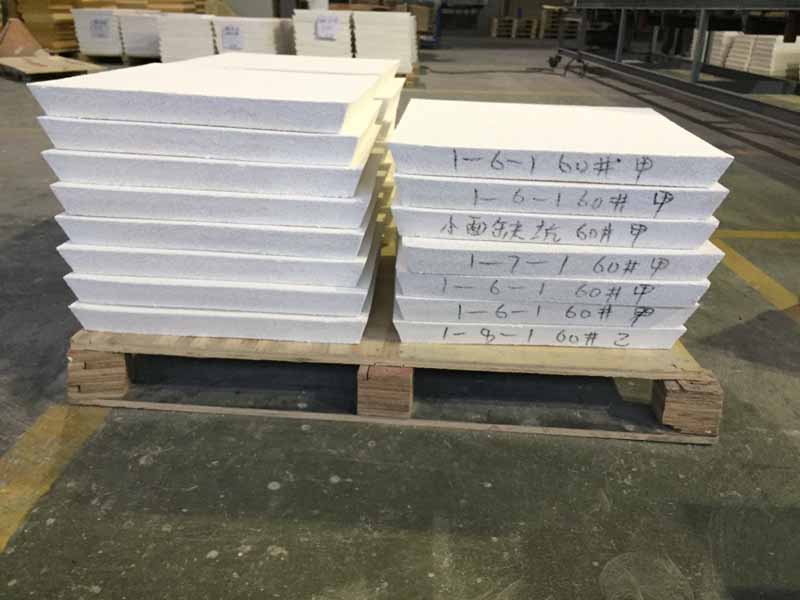
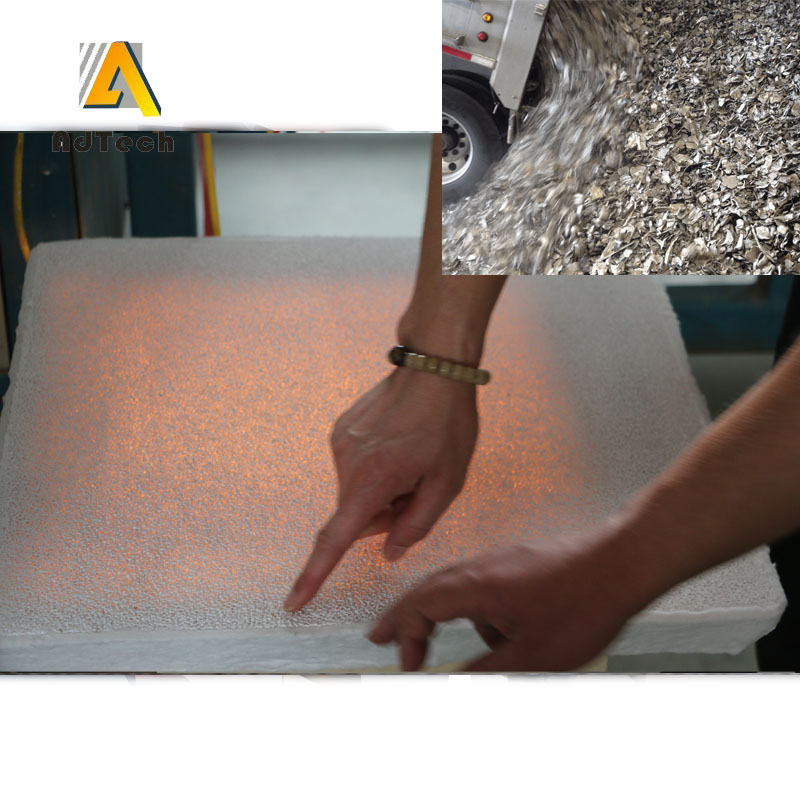
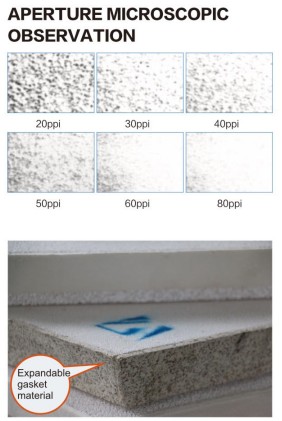
No Comments